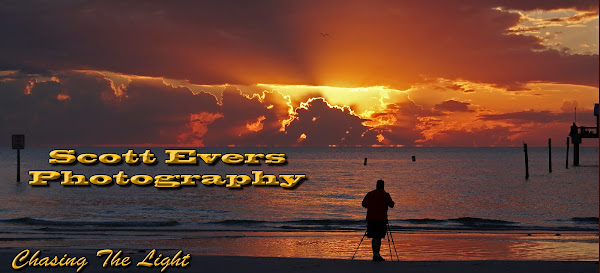The Yellow-crowned Night Heron - Nyctanassa violacea, also called the American Night Heron or squawk, similar in appearance to the Black-crowned Night Heron. It is found throughout a large part of the Americas, especially (but not exclusively) in warmer coastal regions.
Stalking prey along the edge of a Red Mangrove area at Ding Darling NWR.
The Yellow-crowned Night Heron is a short, stocky wading bird about 24 inches in length with a wingspan of a little under four feet. It has long yellow to orange legs, red eyes, a black bill, and a short neck. It has a slate gray body, a black head with a white streak on the side of its face and a yellowish-white crown. In breeding season it has a yellow plume of feathers on its head. Males and females look alike. Immature yellow-crowned night herons are a mottled grayish-brown.
Portrait shot of an immature bird that has not yet molted to adult plummage.
The yellow-crowned Night Heron forages for food both in the day and at night. Most of the ellow-crowned Night Heron's diet is made up of crustaceans like crabs and crayfish. It sometimes eats fish, eels, mussels, frogs, tadpoles, aquatic insects, snails, and small snakes. It either stands and waits for its prey to swim by or wades in the shallow water and slowly stalks its prey.
Stalking prey in the shallow waters of Ding Darling NWR, Sanibel FL.
The Yellow-crowned Night Heron lives in wooded swamps, fresh and saltwater marshes and thickets. The Yellow-crowned Night Heron breeds from southern New England south to Florida and west to Texas. It also breeds along the Mississippi River. It winters on the Gulf and Atlantic Coasts.
Soaking up some sun, Corkscrew Swamp Sanctuary, Naples FL.
The female lays three to five eggs on a nest of sticks placed in a tree or sometimes on the ground. Both the male and female build the nest and incubate the eggs. The eggs hatch in about three weeks. Both parents care for the chicks and feed them regurgitated food. The chicks fledge when they are about 25 days old.
Portrait shot hand held with a 500mm Canon lens.
The yellow-crowned night heron is more solitary than other herons. It prefers to nest separately from other birds.
Having some crab for dinner. Ding Darling NWR, Sanibel FL.
Although I have photographed all the birds shown here in Florida, I do see them at our local nature preserve, and along the Mississippi River. Like many birds in this area, they are more skittish of humans and will fly if you try to get close. In the South Florida areas I visit there numbers are much higher, and they are much more tolerant of humans. I have made many good shots with a 70-200mm lens and 1.4 extender attached.











